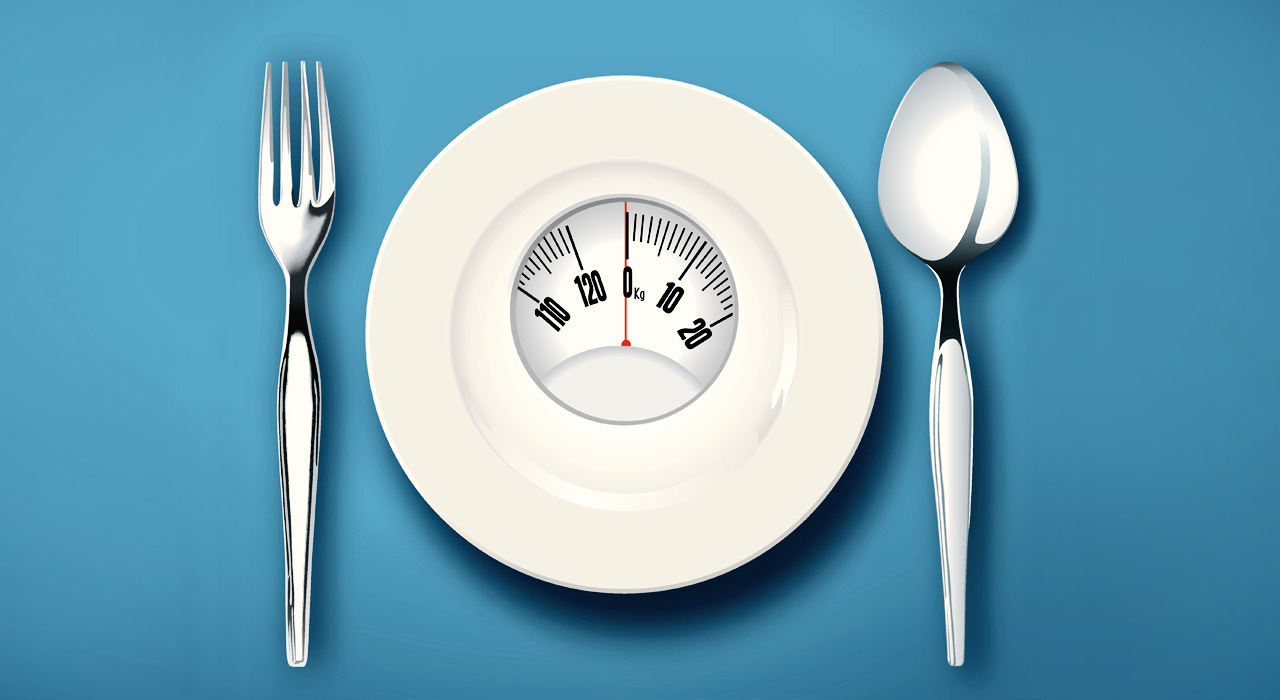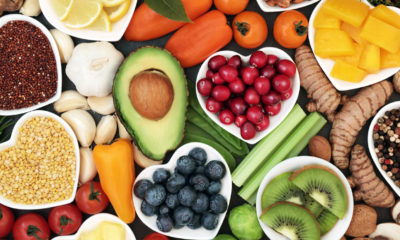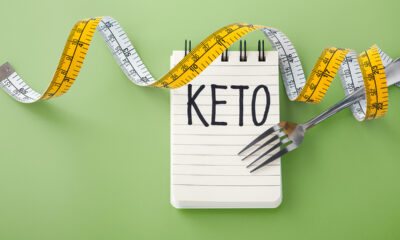Nutrition
How To Master Your Calories And Macros With Flexible Dieting
Scroll through social media and you see picture after picture of women eating cheeseburgers, cake and ice cream tagged with #flexibledieting and #IIFYM. Do you wonder why you can’t eat like that and look like them? Read on to learn more about this misunderstood way of eating and how Brooke Erickson incorporates it into her life
What is flexible dieting?
Flexible dieting is a slight oxymoron because it’s technically not a diet. The word “diet” often means “restriction” and there are plenty of nutritionists who will tell you to stop eating certain food groups. A better phrase for this way of eating should be “flexible consuming”. This means there’s flexibility in your food choices. This does not mean you can eat cookies for dinner. It does mean you should keep the key word “flexible” in mind. It’s safe to say you could eat a cookie every day and not halt your desired body composition progress. This is not a way of eating that is only bestowed on the genetically gifted athlete, especially if you remember the concept of calories in versus calories out.
Master your macronutrients
Flexible dieting (consuming) is also known as IIFYM (if it fits your macros). A macronutrient is what your food is made of. Obviously there are micronutrients, but we’ll focus on how the “calories in” comes into play. Food labels give you fat, saturated fat, carbohydrates, protein, cholesterol, sodium, potassium, sugars and so on. At the top of the label there’s the total caloric value for an individual serving and for the most part a serving is broken down into grams or ounces. The calories in a single serving come from the macronutrients you see listed on the food label – namely protein, carbohydrates and fat.
Macronutrients are broken down as follows: a gram of protein yields four calories, a gram of carbohydrate yields four calories and a gram of fat yields nine calories. So if you’re serving includes 12g of protein, 20g of carbohydrates and 9g of fat, then your total caloric intake for that serving would be 209 calories. These are the basics when you transition into flexible consuming. The most important part is knowing how much and what percentages of each macronutrient you should eat each day.
Step one is to determine how many calories you can eat for your personal goals and lifestyle. Only you will know those details and it will be up to you to do the necessary homework. If you’re burning 2,700 calories a day courtesy of a hectic running schedule, but only eating 1,800 calories, you can still indulge with a 400-calorie doughnut so your calories in total is 2,200. This still creates a shortfall of 500 calories a day, which will create weight loss.
Adjust calories and macros according to your goal
First decide on a goal. Are you trying to lose weight? Are you trying to gain muscle? Are you trying to maintain? Your goal for your body is the purpose of the calories you consume. Now spend one or two weeks logging your food using a purpose-built food scale. Once you’ve tracked your food, make a note of your weight and body measurements. You’ll be able to determine whether you’re gaining, losing, or maintaining your weight. Then you can make adjustments to those calories according to your goals for your body composition.
Find nutrition articles and more in every issue of TRAIN for HER magazine






















